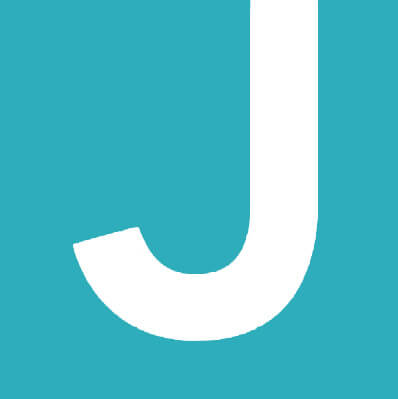In keeping with our Jewish heritage and values, JCC MetroWest is an inclusive community of communities. We are open to and appreciate people of all ages, genders, races, religions, nationalities, ethnicities, abilities, sexual orientations, education, socioeconomic levels, and political perspectives.
What the Colors of the Pride Flag Mean
The pride flag colors each hold a different meaning, and each color represents an important value of the LGBTQIA+ community. Let’s take a look at what each of the rainbow colors represents.
Red
The red in the flag represents life. This makes sense if you think about how blood is red and how often blood is thought of as a vital life force of the body. Red also represents passion among many cultures. And, passion is ideally where life originates from.
Orange
Orange represents healing. As a color, orange is believed to be a fun and celebratory color. Fun and celebration are both healing activities.
Yellow
If you guessed that yellow represented sunlight, you would be correct. The color yellow functions as the flag’s radiant and bright center. The color yellow is said to stimulate new ideas and thoughts.
Green
There’s a lot of green in nature, which is what this color on the original pride flag is meant to convey. Nature is a healing place, and the color green is associated with prosperity and growth.
Indigo
The indigo or blue in the original pride flag was for serenity. Little is more important than the ability to feel calm and serene. Blue is known as a relaxing color that soothes the soul. The color blue is often used for nighttime consumer products to represent bedtime and calmness.
Violet
The last color, violet (or purple) represents spirit. Purple is often thought of as a regal, royal color that, on its own, denotes pride. Like blue, purple is considered a calming color, but rather than being associated only with calm, the color purple connects us to the spiritual realm.
Black and Brown Represents People of Color
Additionally, the black and brown stripes are meant to represent people living with HIV/AIDS, those who have died from it, and the stigma around the virus that is still present in our society now.
Pink, Baby Blue, and White Represent Trans People
Transwoman Monica Helms created the trans pride flag, which first flew in a pride parade in Phoenix, Arizona back in 2000. Monica Helms is a transgender activist, author, and U.S. Navy veteran. The flag is meant to provide affirmation for trans people no matter how it is flown, with either side on top.
Why the Pride Flag Is Important
The widespread use of the pride flag allows LGBTQIA+ individuals to connect with each other and feel included regardless of their location. No matter where you are or how you identify, the rainbow colors are meant to signify that you are included, welcome, and safe as part of the LGBTQIA+ community.
 MetroWest
MetroWest

